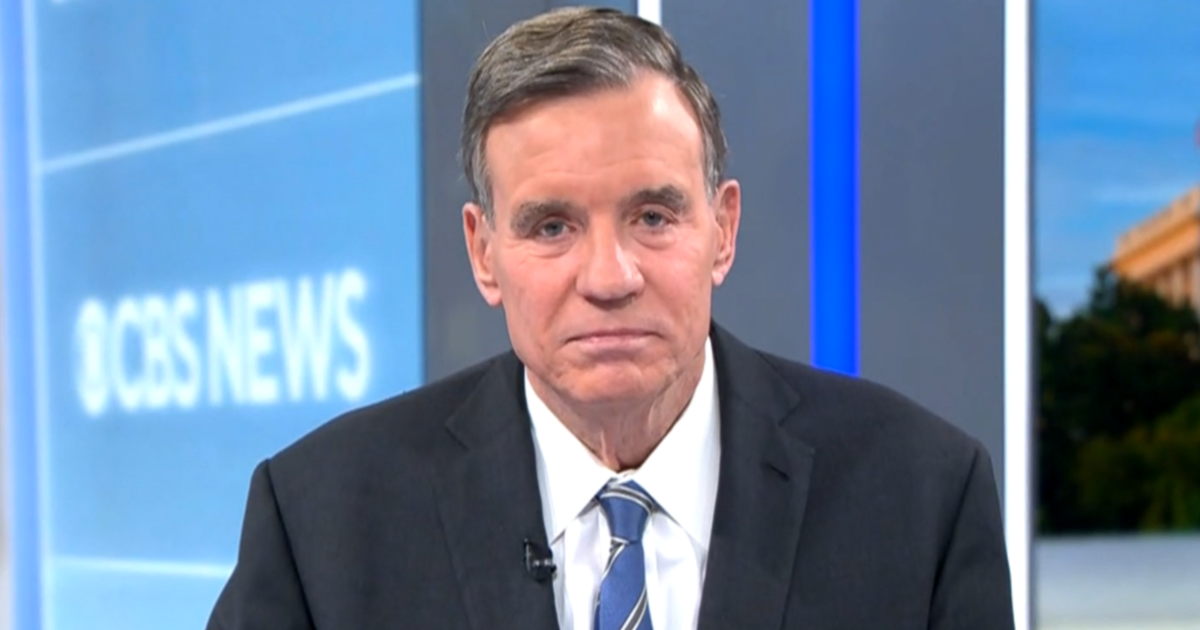U.S. soccer has equal gender pay. Will other sports follow?
The push for equal gender pay in sports got a shot in the arm this week when the U.S. Soccer Federation announced that players for the men's and women's national teams would get equal compensation.
Yet while the U.S. soccer teams have achieved parity, professional female athletes in basketball, tennis and other sports remain well behind their male counterparts on pay. For instance, a 2021 study by the BBC found that male golf pros in 2014 earned an average of $1.1 million, while female pros earned $212,000 — a gap of $888,000; by 2021, that gap had grown to $1.25 million.
The U.S. men's and women's soccer teams will operate under separate collective bargaining agreements, but every player will get the same amount of money in public appearance fees, game bonuses, prize money and federation revenue sharing.
In celebrating soccer's historic moment, however, sports fans shouldn't expect to see gender pay gaps in basketball and tennis disappear anytime soon, experts told CBS MoneyWatch.
Hoop dreams of equality
The average male NBA player earns $5.3 million a year, according to 2021-2022 data from Basketball Reference. Stars earn vastly more, such as Stephen Curry and Kevin Durant, who make $45.7 million and $42 million a year, respectively.
By comparison, WNBA players earn an average of $130,000 a year. The league's highest paid players — Diana Taurasi, Jewell Loyd and Breanna Stewart — earn almost $230,000 a year.
The basketball pay gap is so wide that women have to go "overseas and play sports so they can make more money than they do here," said Kim Crowder, a diversity, equity and inclusion expert who focuses on pay disparities among women.
The need to play overseas is what drew WNBA star Brittney Griner to Russia and eventually got her stuck in the country, NPR reported.
The main reason for the huge difference in pay for men and women players in pro basketball is because the WNBA generates far less revenue, corporate sponsorship and media viewership than the NBA, said Nicole LaVoi, director of the Tucker Center for Research on Girls & Women in Sport at the University of Minnesota.
Crowder and LaVoi note that the NBA has had a 50-year head start in building a fanbase, sponsorships and media buys, helping to explain why one league financially outperforms the other. The NBA launched in June 1946, while the WNBA only debuted in 1996. The NBA is projected to make $10 billion in revenue this season, while the WNBA will reportedly make $60 million, according to Forbes.
Still, some NBA players, like Celtics player Enes Kanter Freedom, have spoken out against pay gaps in basketball, while WNBA Commissioner Cathy Engelbert has call for more equal pay.
The WNBA signed a new players' contract two years ago that raised average pay to $130,000 and guaranteed full salary while players took maternity leave. The new contract was a step in the right direction, but those salaries are still millions of dollars away from the NBA, LaVoi said.
"The pay is so wildly discrepant," she said. "Honestly, the men are overpaid. Nobody should be making that type of money to be an athlete."
Pushing for change
Like basketball, there's a gulf between how much women and men earn in pro tennis. Serena Williams and Naomi Osaka earned $46 million and $57.3 million, respectively, between tournament prize money and corporate endorsements in 2021, according to Forbes. Meanwhile, Roger Federer earned a total of $84 million last year, including endorsements, Sportico reported. Of the top 10 highest paid tennis players in the world, only two are women.
It's been difficult for female tennis stars to get traction on pay because they compete as individuals rather than as part of a larger team or players union that can speak with a louder voice, Crowder said. Further complicating the issue are corporate endorsements, which differ wildly from athlete to athlete and are factored into each tennis player's pay.
Still, there's at least one reason women in tennis could see progress, Crowder said. "The women who excel in tennis — you look at Naomi, Venus and Serena Williams — they are actively speaking out about this on a regular basis, and they've been invited into spaces to do so."
U.S. Tennis officials also have done a much better job in recent years of making sure prize money from major tournaments are equal for men and women, LaVoi said. The challenge now is to make sure both prize money and endorsements are equal.
Osaka and Serena Williams — who brought in a combined $84 million in endorsements last year — will play a major role in making equity happen, LaVoi said.
"What we're starting to see with the female athletes is that more and more industries are turning toward them because it's a greater investment," she said.



